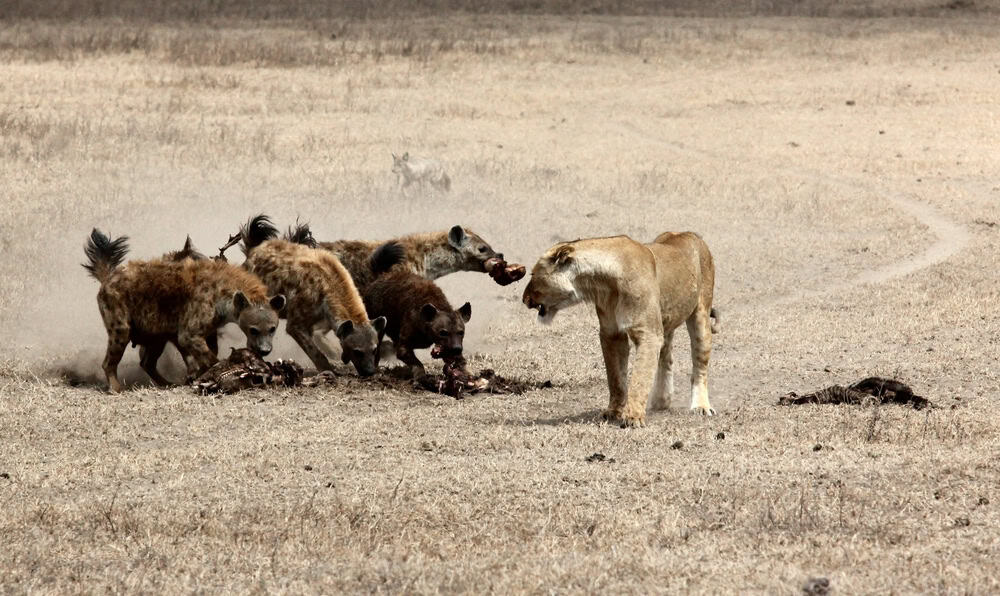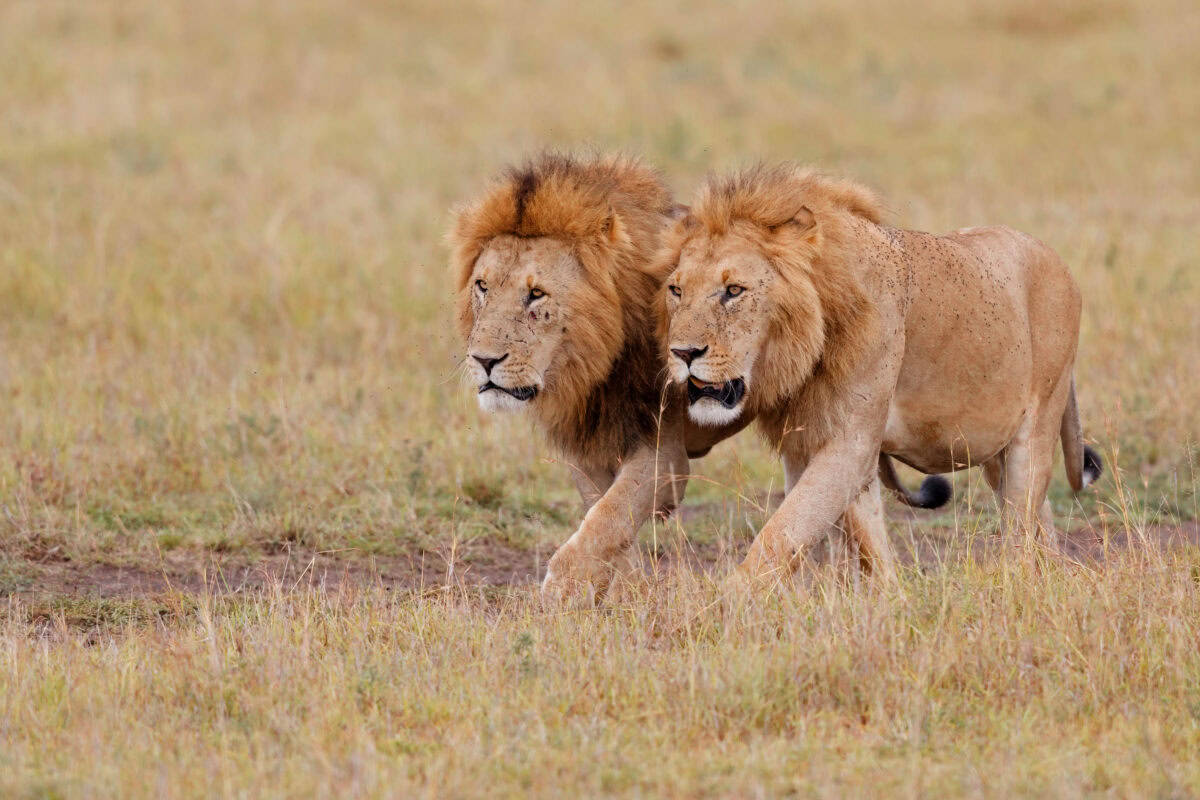In northwestern Namibia, lions move like ghosts across sand dunes, bone-dry riverbeds, and thorny plains. These are the desert lions—leaner, tougher, more elusive than their savanna cousins. Their lives are a study in balance: between hunger and hydration, invisibility and intrusion.
Once nearly wiped out, they now number just over 100. Every birth is noted. Every death—felt like a seismic shift.
Prey and Persistence

Prey is scarce here. A lion may stalk an oryx for 30 kilometers, or scavenge for days before a kill. Water is almost entirely metabolic—sourced from the blood of their prey or from dew at dawn.
“They’ve evolved for extremes,” says lion researcher Flip Stander. “But evolution doesn’t prepare them for roads, rifles, and fences.”
Neighbors with Teeth

As the lions wander, they pass through unfenced community lands. Here, the tightrope balance becomes fatal. A single lion attack on cattle can cost a herder months of income. Retaliation is swift. In 2024, at least six lions were poisoned in Kunene alone.
Efforts like early-warning GPS collars and lion guardians have helped, but they require constant funding—and constant trust.
The Fragile Tourism Lifeline

Ironically, these lions are now a draw for eco-tourists and wildlife photographers. Lodges market their “desert adaptations” and their rarity. But too much exposure brings its own risks—camera drones, over-tracked prides, and human scent in delicate zones.
The balance between visibility and safety is razor-thin. Too many sightings, and they become targets. Too few, and the funding disappears.
Walking the Line

These lions don’t roar often. Sound doesn’t carry the same in dry air. Instead, they walk—quietly, relentlessly, carving paths into a landscape where nothing is guaranteed.
Namibia’s desert lions have adapted as far as nature allows. Whether humans can do the same—to give space, patience, and peace—remains the more complicated test of balance.
- How to survive a Category 5 Hurricane - August 19, 2025
- Watch: Struggling 13ft Great White Shark Washed Up on Australian Beach - August 17, 2025
- New Mexico Faces the Biggest Flood in Years - August 17, 2025

